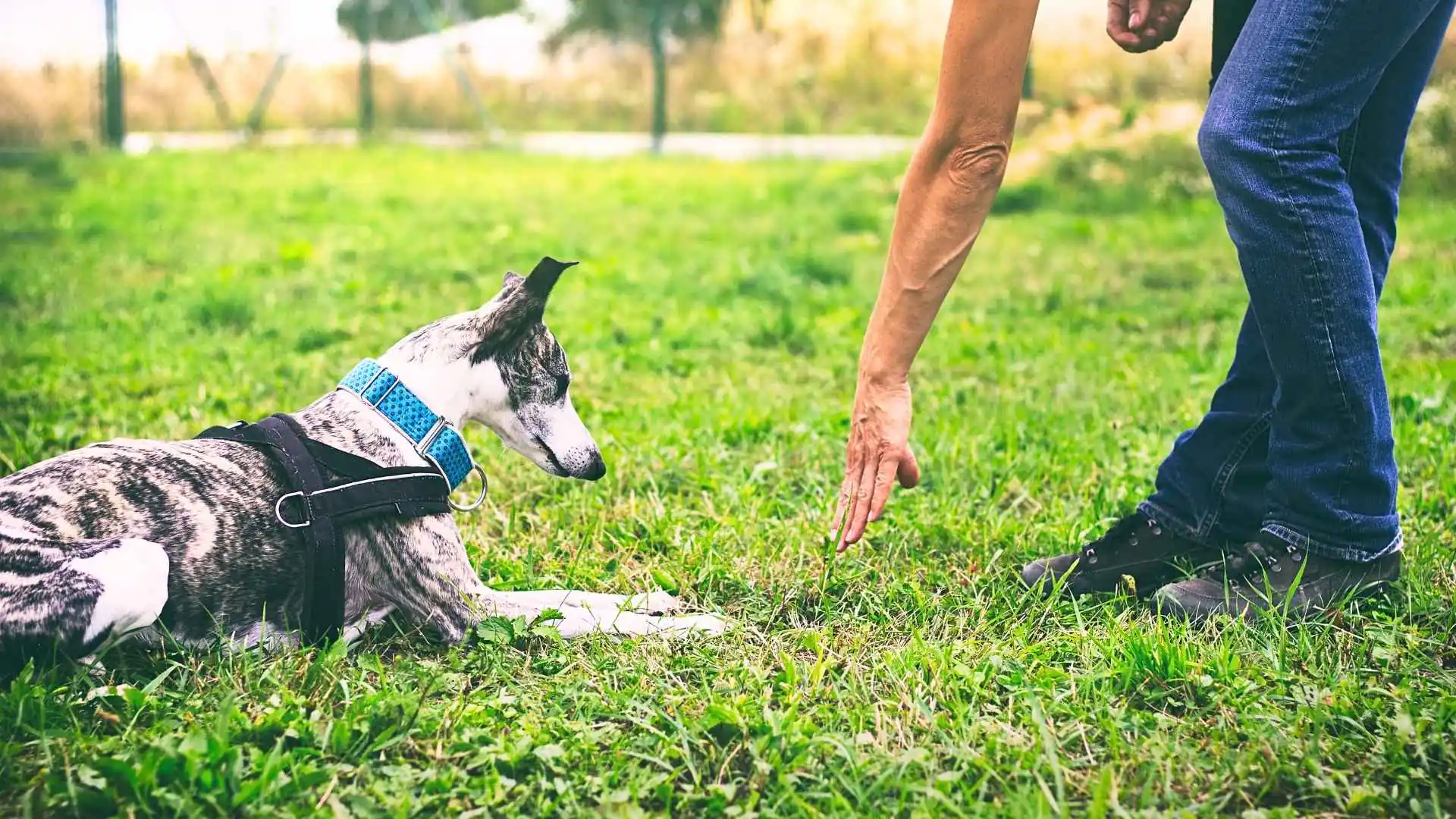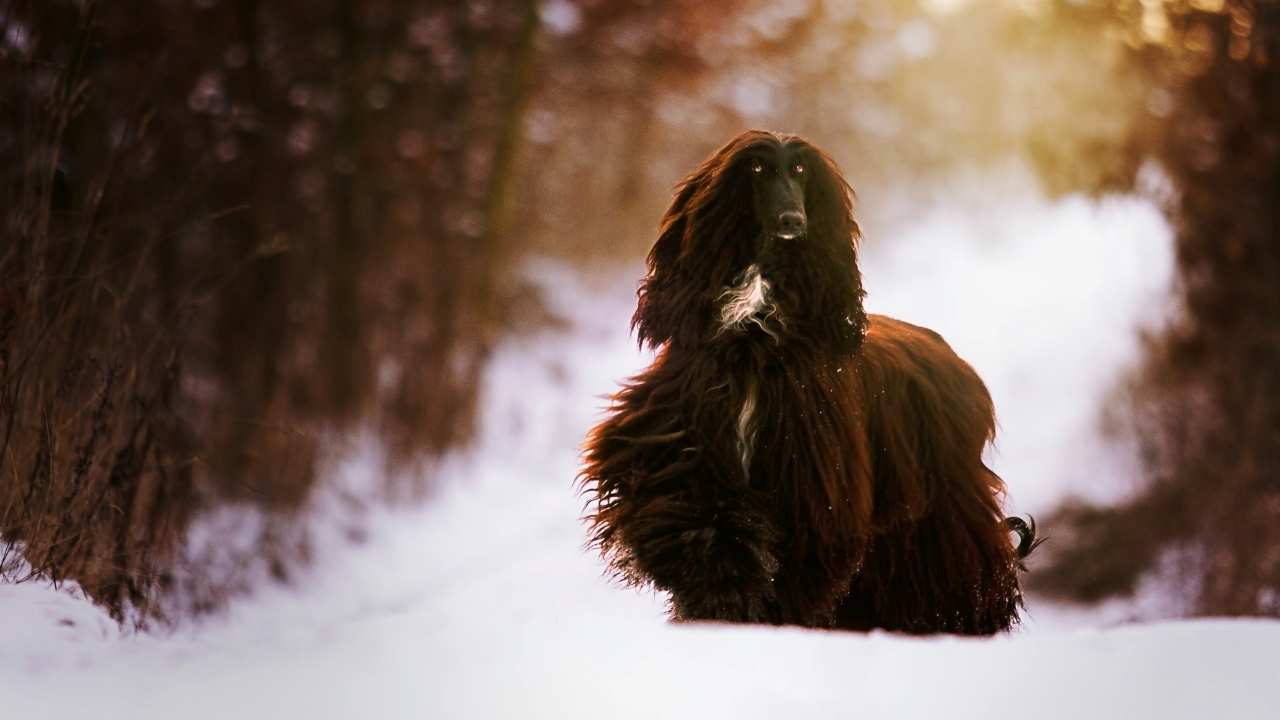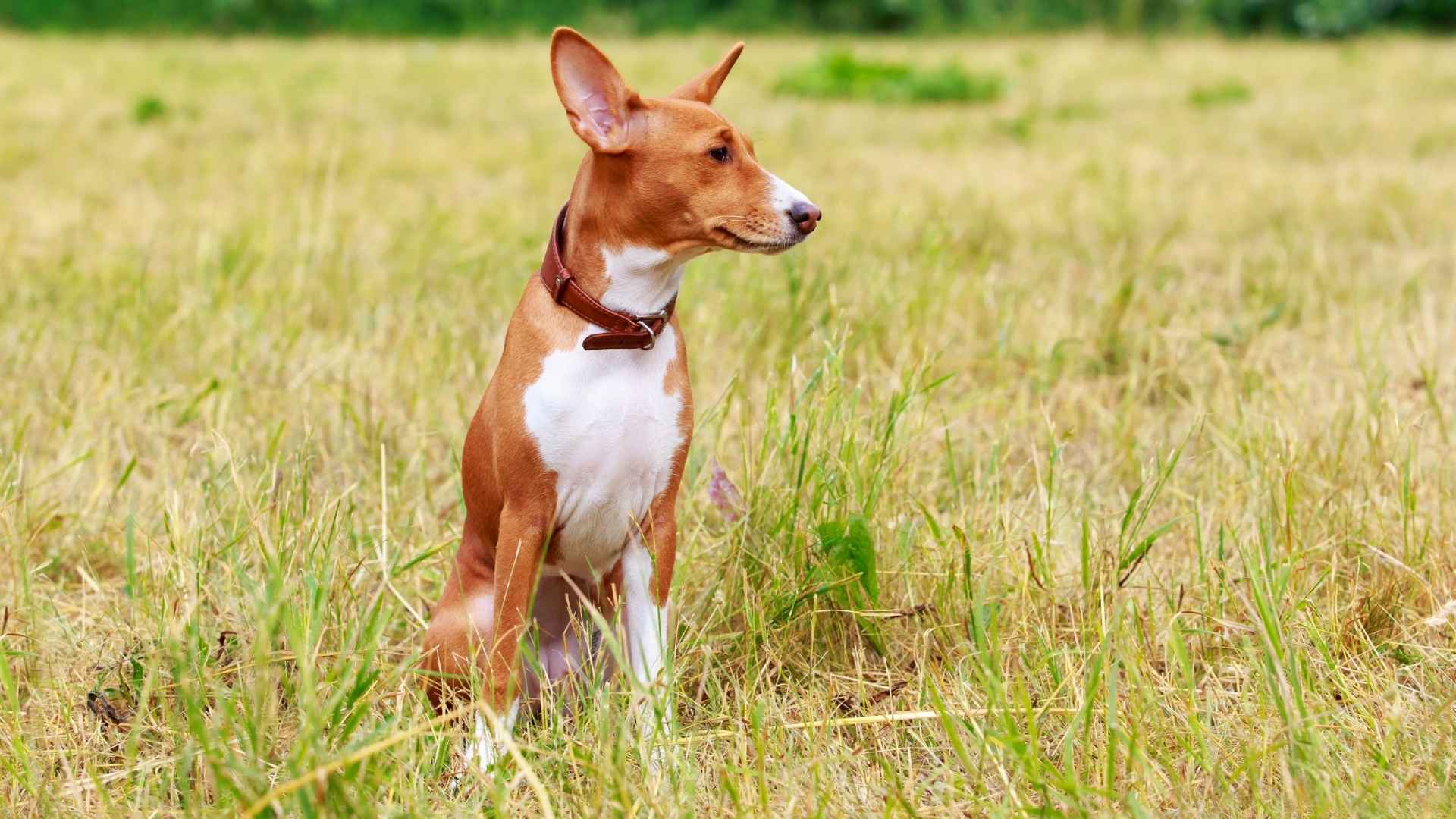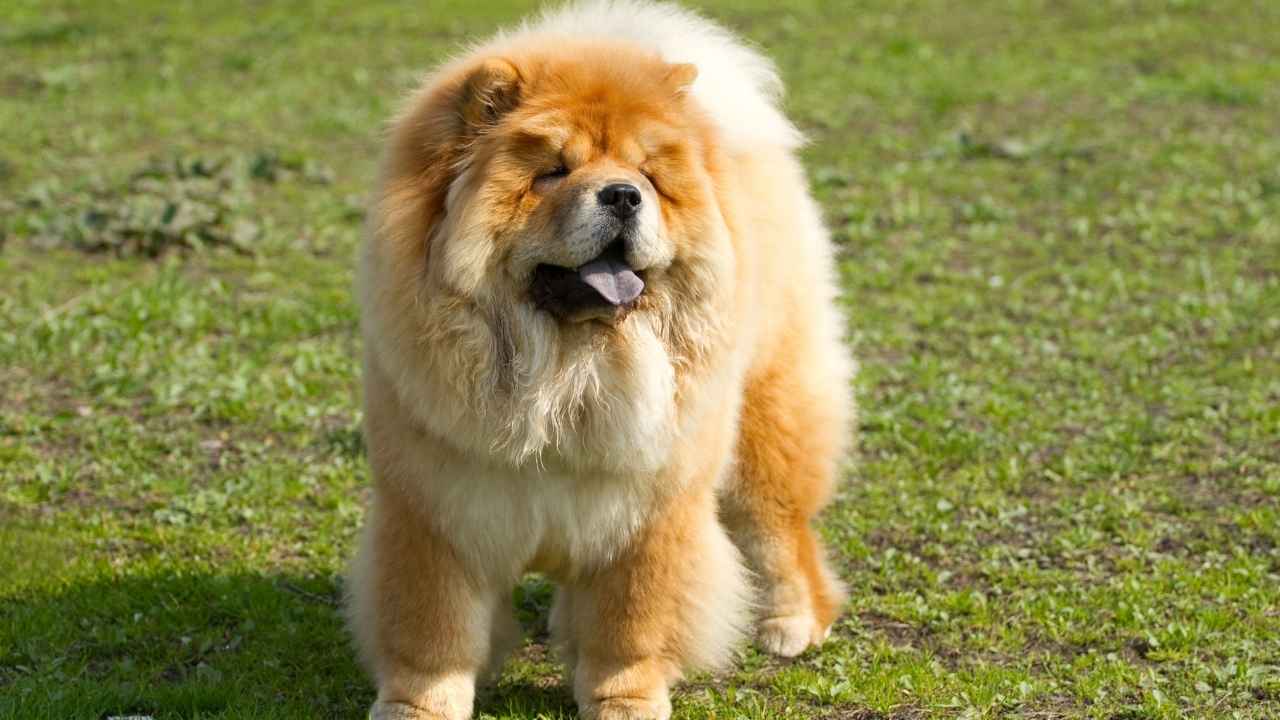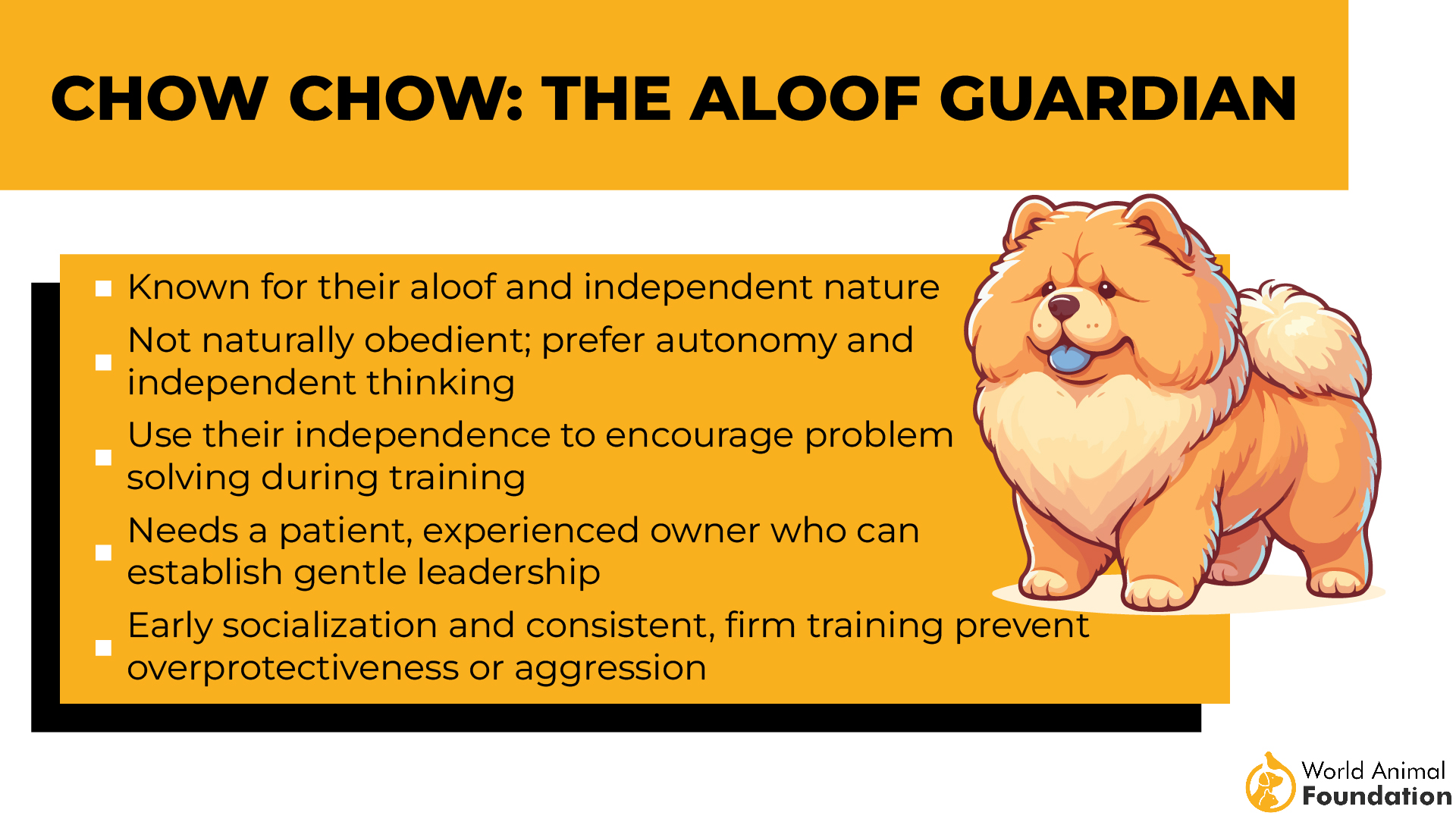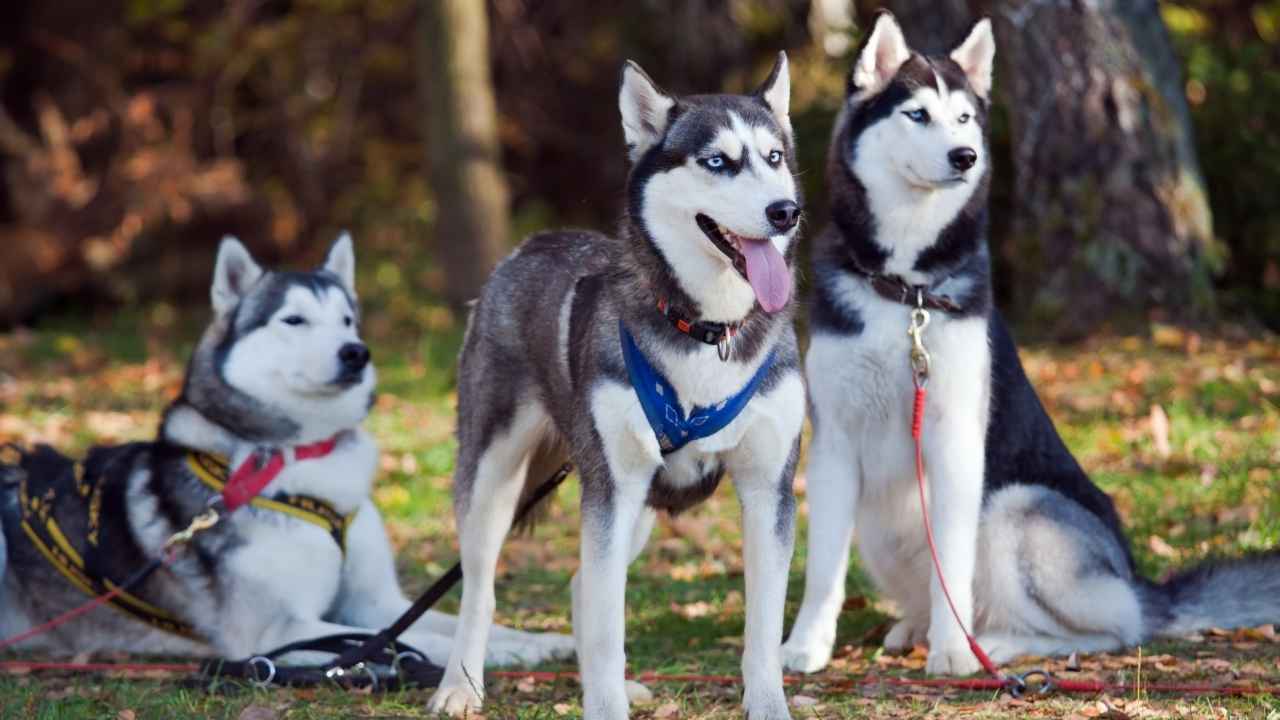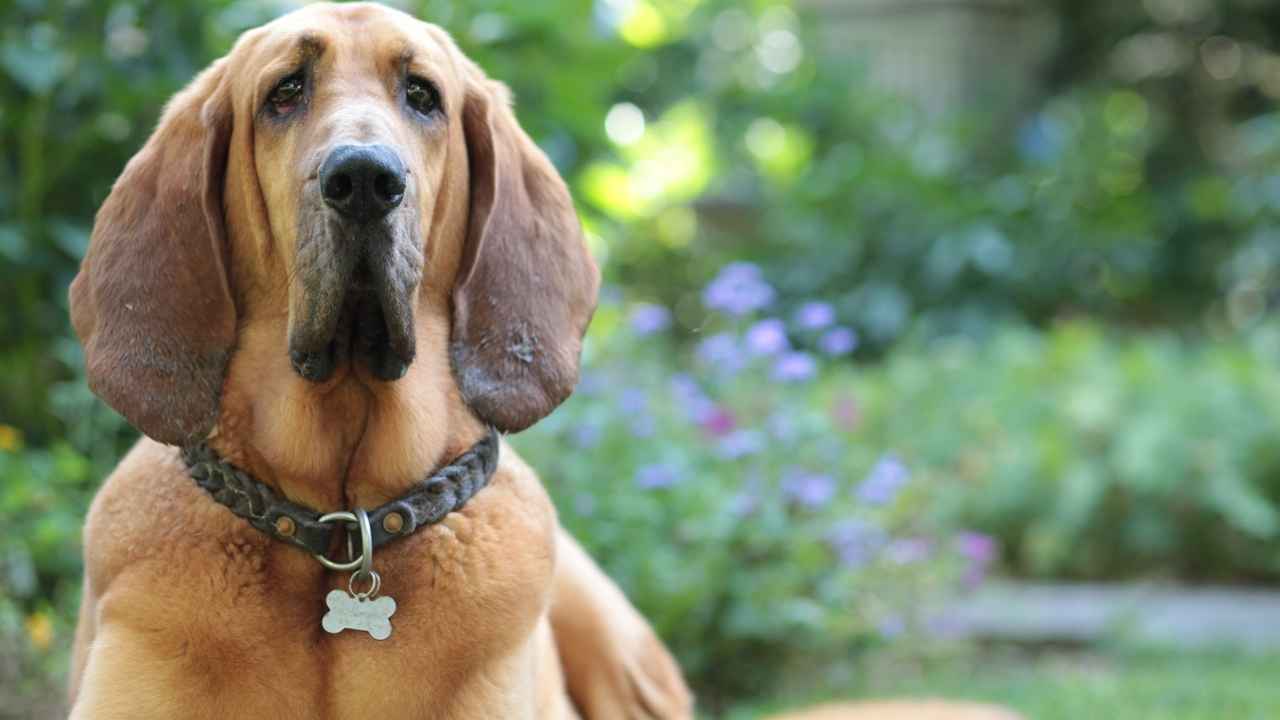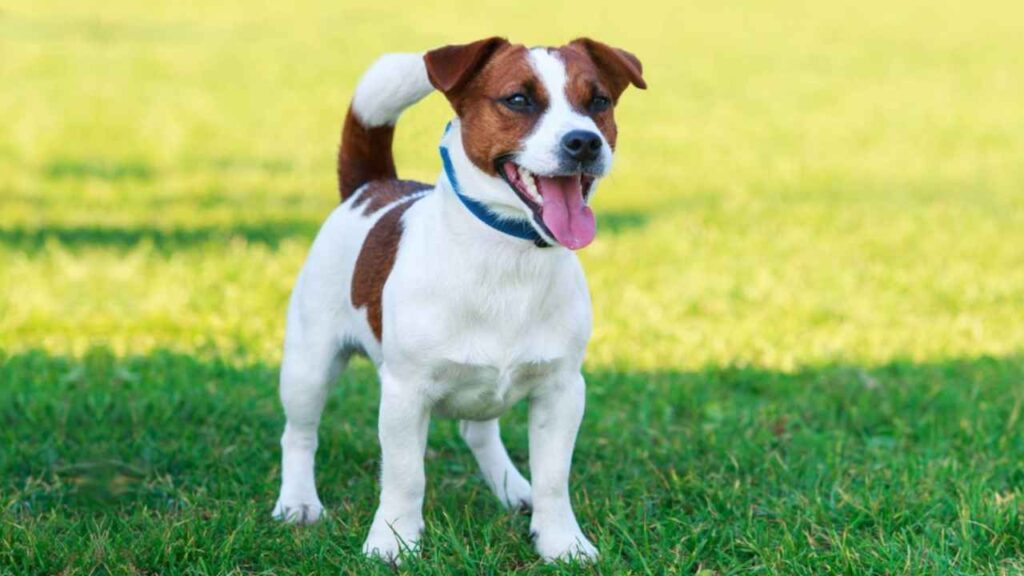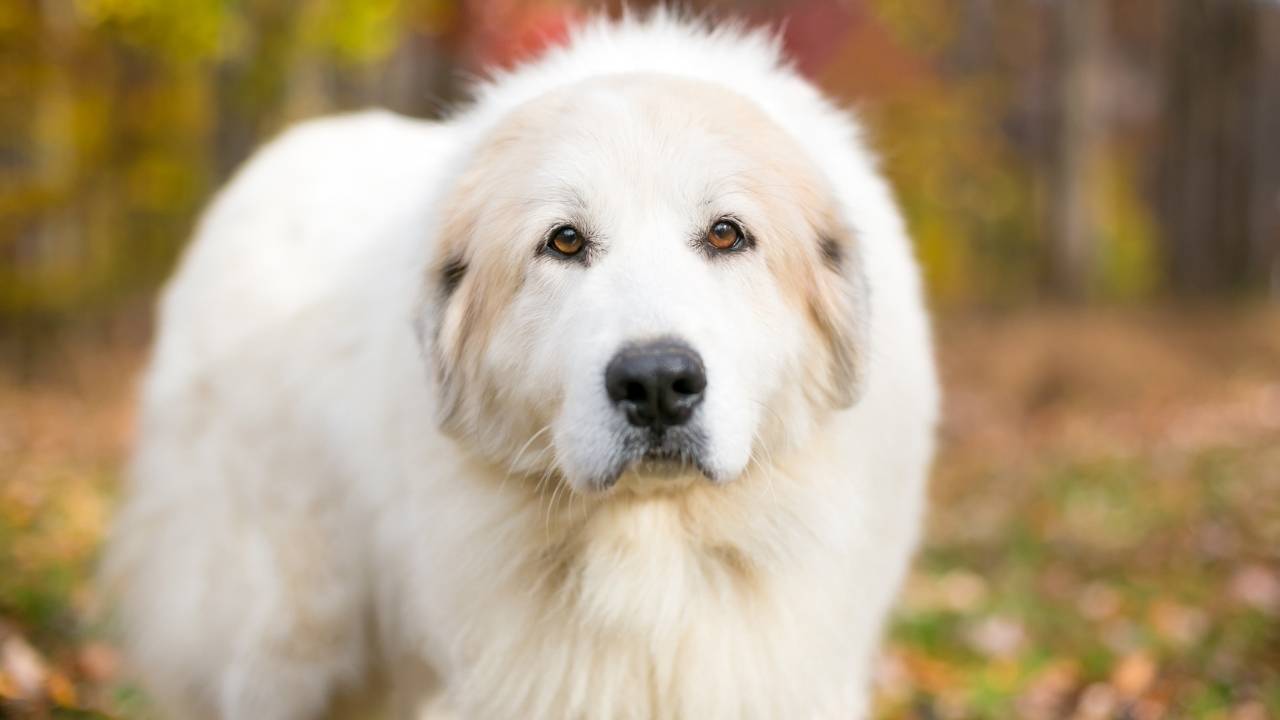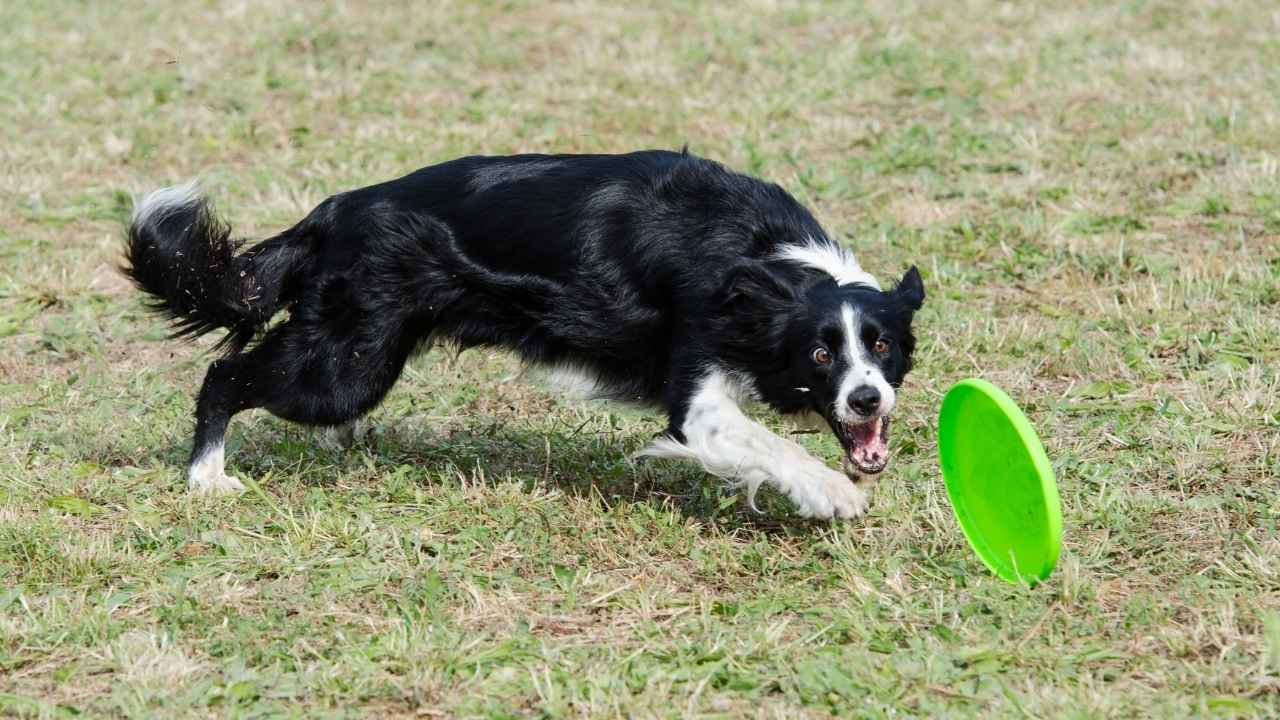Training a dog requires patience, consistency, and understanding, but certain breeds present unique challenges that can test even the most seasoned trainers. The “10 Hardest Dog Breeds to Train” delves into the intriguing world of canine behavior, exploring breeds known for their independent streaks, stubborn tendencies, and high intelligence that sometimes translates to selective obedience. From the strong-willed Siberian Husky to the fiercely independent Afghan Hound, this list sheds light on the quirks and challenges each breed brings. Discover why these dogs, despite their difficulties, remain beloved companions and how dedicated training can transform them into well-mannered pets.
Training a dog? Easy, they said. Fun, they said. That’s until you meet one of the hardest dog breeds to train. Sure, all dogs are good boys (or girls), but let’s not sugarcoat it—certain breeds come with their own manual titled “How to Test Every Ounce of Your Patience”.
From the “I’ll think about it” Afghan Hound to the “I’d rather sniff than listen” Bloodhound, some breeds are notorious for their creative interpretations of obedience. And don’t even get us started on the Beagle, whose nose might as well have its own GPS. These dogs are lovable but, oh boy, do they keep you on your toes!
But don’t worry—it’s not all doom and gloom. With a little consistency, proper training, and maybe a lot of training treats, even the most stubborn dog can become a well-behaved furry friend. Ready for the challenge? Let’s dive in!
10 Hardest Dog Breeds to Train
1. Afghan Hound
|
Life Span |
12–14 years |
|
Origin |
Afghanistan |
|
History |
Beloved hunting companion, known for speed and agility. |
Ah, the Afghan Hound—a breed as regal as they come! With its silky coat and dignified demeanor, this gorgeous dog often steals the show. But behind that glamour lies an independent thinker. Afghan Hounds are notoriously difficult to train, thanks to their aloof and sometimes stubborn nature. Their high prey drive adds to the challenge, making them easily distracted during training sessions.
Training an Afghan Hound takes patience and a well-thought-out training process. Use positive reinforcement and high-value treats to capture their attention. Keep sessions short to prevent boredom and frustration. Early socialization is also a must for this particular breed.
If you’re a first-time dog owner, beware! Afghan Hounds need experienced owners who understand their unique needs. They require mental stimulation and consistent training to thrive. While their independent streak makes them a challenging dog, the reward of earning their trust and loyalty is unparalleled.
2. Basenji
|
Life Span |
13–16 years |
|
Origin |
Central Africa |
|
History |
Ancient hunting dog, known for being the “barkless dog.” |
Meet the Basenji, a highly intelligent breed often called the “barkless dog.” Don’t let that serene description fool you—this active breed is a whirlwind of energy and curiosity. Basenjis have a stubborn streak that makes training methods tricky, even for experienced owners. They’re notorious for ignoring commands if they find something more interesting.
Hillspet suggests to start training your Basenji early with a focus on basic obedience. Reward-based training works wonders, as they respond well to high-value treats. Incorporating enough exercise into their routine can curb destructive behavior. These dogs to train require more than just patience; they demand creativity in the training process.
Despite their challenging nature, Basenjis are extremely loyal companions. With proper socialization and consistent training, they can transform into well-mannered furry friends. Just remember: they thrive on mutual respect and plenty of mental stimulation.
3. Bulldog
|
Life Span |
8–10 years |
|
Origin |
England |
|
History |
Bred for bull-baiting, now a loyal companion. |
The Bulldog, with its wrinkled face and stocky frame, is one of the most iconic and loyal dogs around. But don’t mistake their easygoing demeanor for simplicity in training. Bulldogs are strong-willed and sometimes downright stubborn, making them one of the most difficult dog breeds to train. Their territorial instincts and lack of natural inclination for basic obedience can frustrate even seasoned trainers.
To train a Bulldog properly, keep sessions consistent but short. Use positive reinforcement and training treats to encourage desired behaviors recommends Britannica. Bulldogs often require a bit more patience during potty training due to their stubborn nature. Early socialization is key to curbing bad habits.
Though challenging, a Bulldog’s strong bond with its owner makes the effort worthwhile. With proper training and lots of love, these gentle giants will repay you with loyalty and affection.
4. Chow Chow
|
Life Span |
9–15 years |
|
Origin |
China |
|
History |
The ancient breed was used for guarding and hunting. |
Chow Chows are the picture of elegance, with their lion-like mane and aloof attitude. However, this gorgeous dog is notoriously difficult to train. Known for their independent thinking and territorial tendencies, Chows require early socialization and a firm, yet gentle training process.
When training a Chow Chow, focus on building mutual respect. Use consistent training techniques that incorporate reward-based methods. Since they are not easily motivated, finding high-value treats they love can make all the difference. Avoid harsh corrections; these intelligent dogs respond better to encouragement.
Despite their bit-aloof nature, Chow Chows are extremely loyal to their families. With dedicated training and proper socialization, they can become calm and well-mannered furry friends who thrive in a stable environment.
5. Siberian Husky
|
Life Span |
12–14 years |
|
Origin |
Siberia |
|
History |
Bred as sled dogs by the Chukchi people. |
The Siberian Husky is an active breed with unmatched energy and beauty. Their piercing blue eyes and playful personality make them a popular choice. However, they are notoriously difficult to train due to their high prey drive and independent streak. Most dogs pale in comparison to the Husky’s love for running—training them to stay focused is a real challenge!
Start training early with a focus on basic obedience and consistent training methods. Siberians thrive on reward-based training, so stock up on high-value treats. Ensure they get enough exercise, or their boundless energy can lead to destructive behavior.
Although they can be challenging dogs, Huskies are loyal companions when trained properly. With patience and proper socialization, you’ll find them to be incredibly affectionate and fun-loving furry friends.
6. Bloodhound
|
Life Span |
10–12 years |
|
Origin |
France and Belgium |
|
History |
Bred for tracking scents over long distances. |
Bloodhounds are the super-sleuths of the dog world, with a nose that leads them into both adventure and mischief. This breed is notoriously difficult to train due to their strong sense of smell, which can make them easily distracted. They’re natural explorers, so training needs to account for their intense focus on scents.
To train a Bloodhound properly, incorporate plenty of mental stimulation and reward-based training. Keep sessions engaging and use high-value treats to encourage desired behaviors. Housebreaking a Bloodhound can be a challenge, so consistency is key to overcoming this difficulty.
Despite their stubborn nature, Bloodhounds are extremely loyal dogs. With early socialization and the right training methods, they become devoted, gentle giants who love being around other animals and people.
7. Russell Terrier
|
Life Span |
12–14 years |
|
Origin |
England |
|
History |
Bred for fox hunting and small game. |
The Russell Terrier is an energetic bundle of fun and chaos. Known for their high energy and strong-willed personality, these intelligent dogs are a joy to watch but a challenge to train. All that energy can quickly turn into destructive behavior without proper outlets.
Training needs to be consistent and engaging, with a focus on reward-based training. Russell Terriers respond well to treats and positive reinforcement. Start training early, and remember to include proper socialization to prevent them from becoming overly territorial or aggressive with other dogs.
This particular breed is best suited for experienced owners who can dedicate time and energy to their training process. With effort and patience, Russell Terriers can become loyal companions who bring endless joy to your life.
8. Great Pyrenees
|
Life Span |
10–12 years |
|
Origin |
France and Spain |
|
History |
Bred as livestock guardians in mountainous regions. |
The Great Pyrenees, often called gentle giants, are known for their calm and protective nature. However, their independent thinking makes them a challenging dog for first-time owners. These dogs were bred to work autonomously, so convincing them to follow commands requires patience.
VCA mentions that proper training starts with early socialization and a strong bond of trust. Use consistent training methods with positive reinforcement to teach basic obedience. Their natural inclination to guard means they may show a strong sense of territorial behavior, so teaching them to be around other animals is crucial.
Though they can be stubborn dogs, Great Pyrenees are loyal companions who thrive in environments with mutual respect and clear boundaries.
9. Beagle
|
Life Span |
12–15 years |
|
Origin |
England |
|
History |
Bred for hunting hares and small game. |
Beagles are small, adorable, and packed with energy. However, their natural inclination to follow their nose makes them one of the more difficult dog breeds to train. Their high prey drive and love for exploring scents can make them easily distracted during training sessions.
To manage this active breed, keep training sessions short and exciting. Use training treats to hold their attention and ensure they get enough exercise to burn off all that energy. Early socialization is essential to help them adjust to other breeds and environments.
When properly trained, Beagles are friendly, affectionate furry friends who fit in well with families and other animals. They’re worth every bit of effort!
10. Collie
|
Life Span |
12–14 years |
|
Origin |
Scotland |
|
History |
Herding dog, popularized by the iconic “Lassie.” |
Collies, especially the Border Collie, are highly intelligent dogs with a natural talent for herding. But their herding instincts can make training needs a bit unique. They’re quick learners, but their energy and independence can lead to difficulty during training sessions, especially for inexperienced owners.
For Collies, start training early with basic obedience and use positive reinforcement to encourage desired behaviors. Since they’re an active breed, providing enough mental stimulation and physical exercise is crucial. Without it, they may resort to destructive behavior like herding other animals—or even children!
When trained properly, Collies are loyal dogs and wonderful companions. Their loving nature and intelligence make them a joy to have around, even if they occasionally test your patience.
Conclusion
Training dogs can be a rollercoaster, especially when it comes to the hardest dog breeds to train. Certain breeds, like the Afghan Hound and Siberian Husky, challenge even experienced owners with their independent streaks. Yet, with consistent training, patience, and a sprinkle of humor, these furry friends can become well-mannered companions. Remember, no breed is impossible to train—just some are a bit more “creative” about following the rules!
Of course, we can’t forget honorable mentions in the list of hardest dog breeds. Breeds like the Australian Cattle Dog, Basset Hound, Bull Terrier, Shiba Inu, Australian Shepherd, and Chinese shar pei each bring their unique challenges. Whether it’s herding tendencies, stubborn nature, or a penchant for mischief, these dogs require dedication and love to thrive.
No matter the breed, the key to success is understanding their needs—whether it’s basic obedience or maintaining their overall health. Even the mighty Rottweiler, often misunderstood, can shine with proper training. So, roll up your sleeves, grab those training treats, and turn even the hardest dog into your most loyal companion!
Training certain dog breeds can be particularly challenging due to their independent nature, stubbornness, or strong-willed personalities. Breeds such as Afghan Hounds, Basenjis, and Siberian Huskies are known for their independence, which can make them less eager to please their owners during training sessions. Additionally, breeds like Bulldogs and Dachshunds may exhibit stubborn behavior, requiring more patience and consistency. It is essential for owners to understand the unique traits and temperaments of these breeds, employing positive reinforcement techniques and patience. Proper training and socialization are crucial to ensure these dogs become well-adjusted companions.

